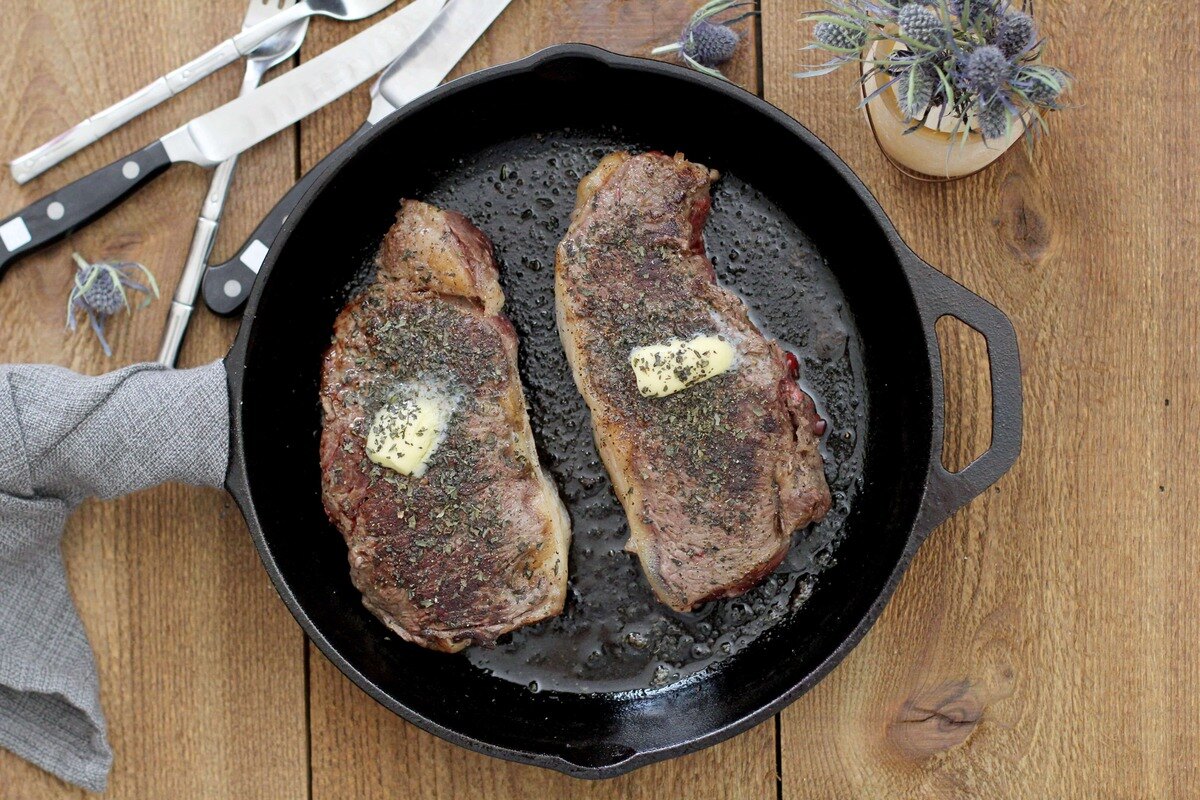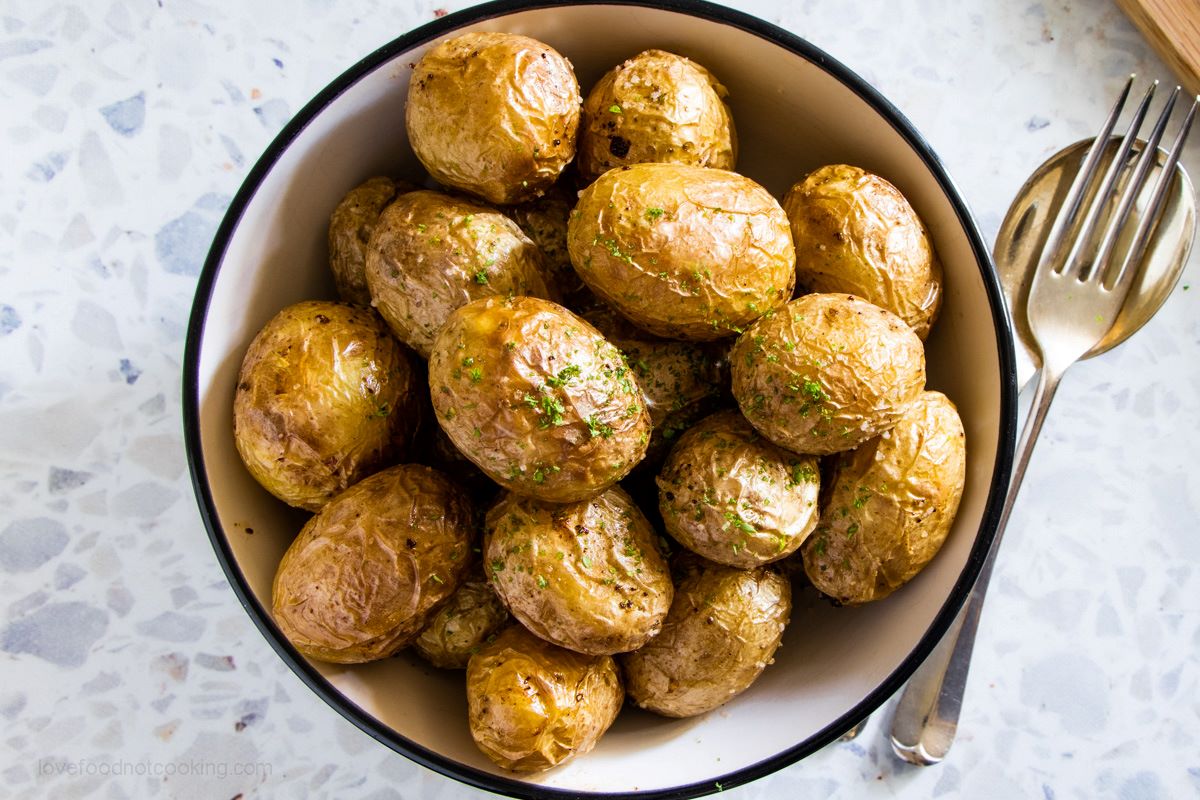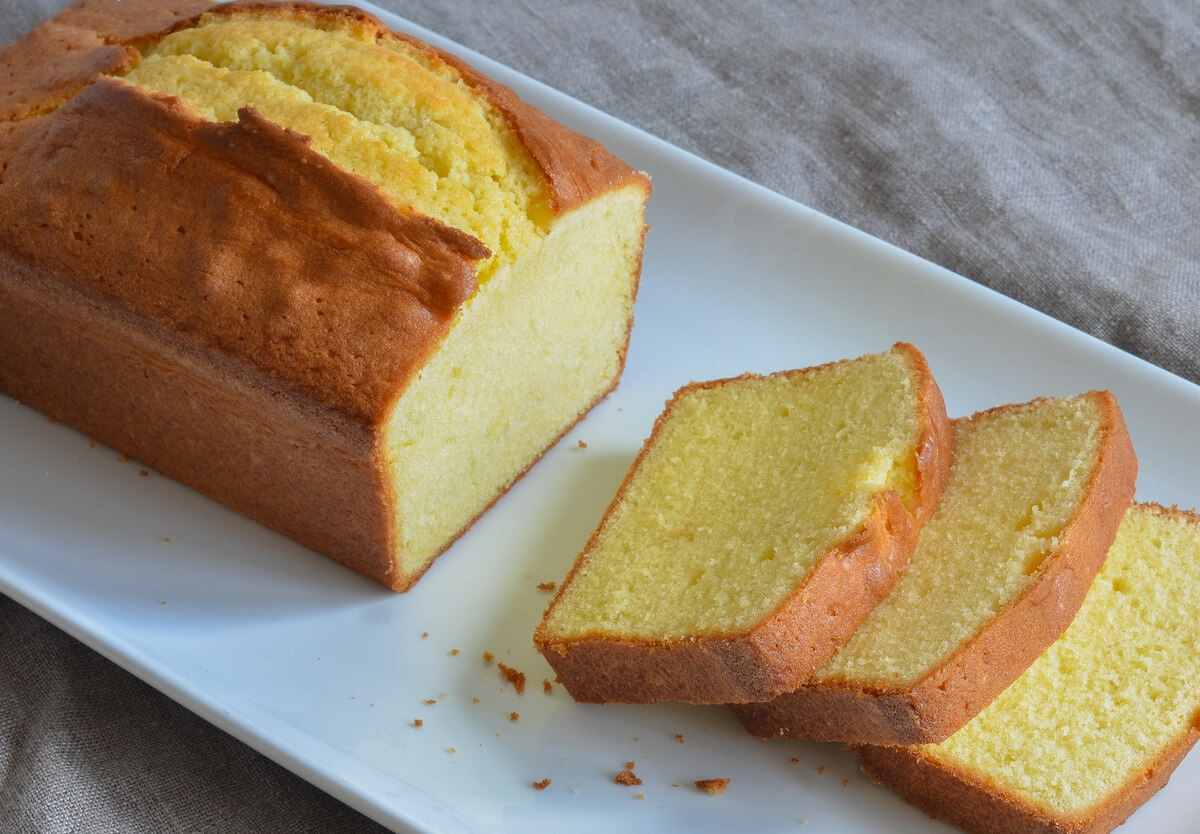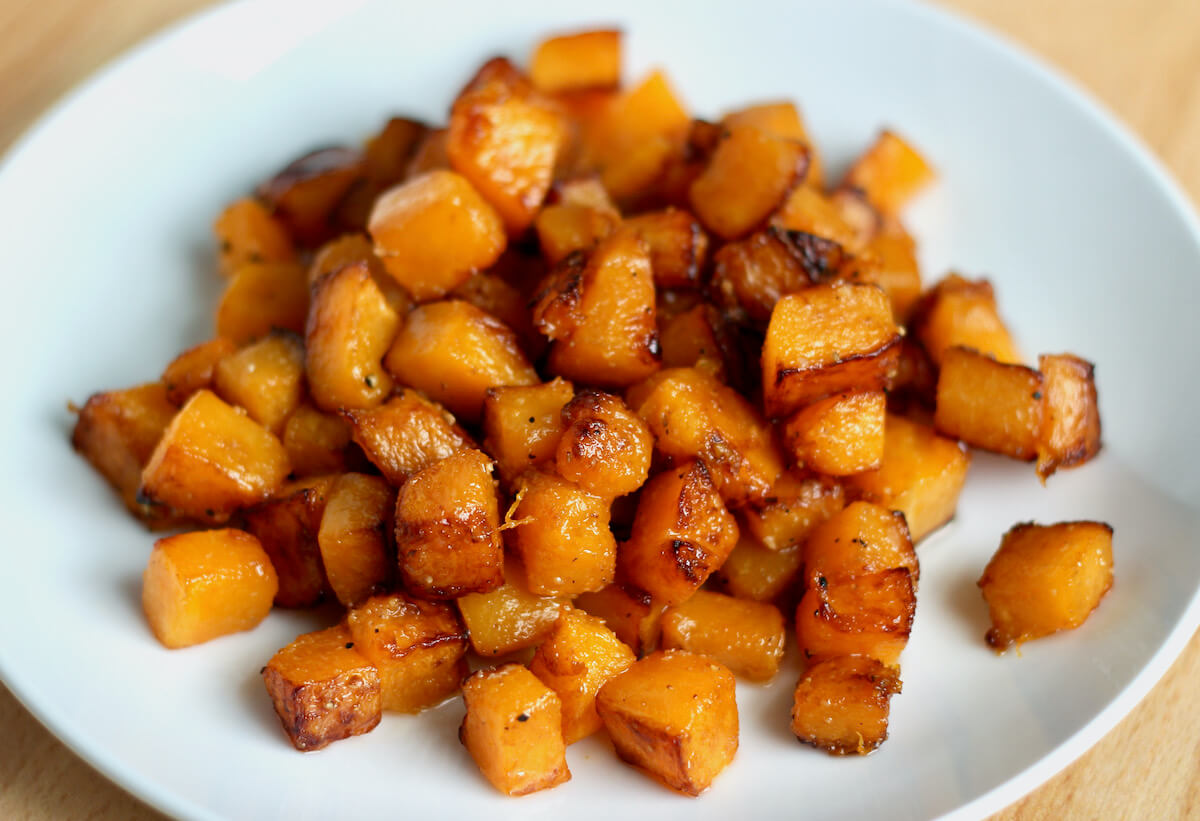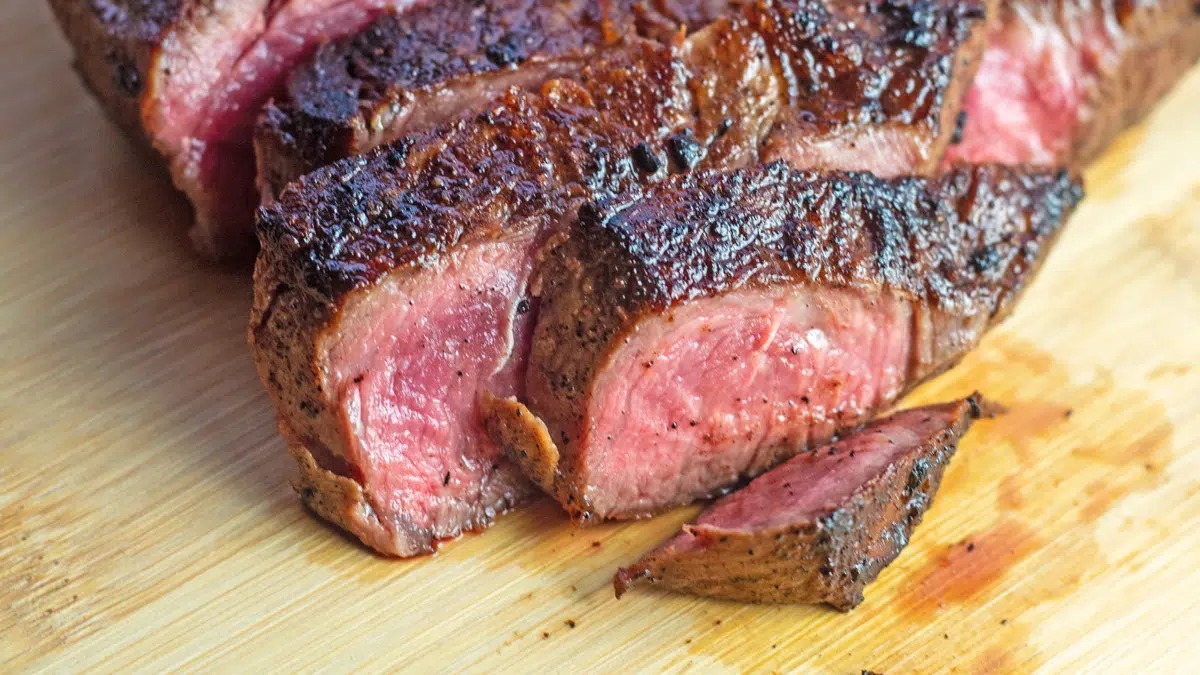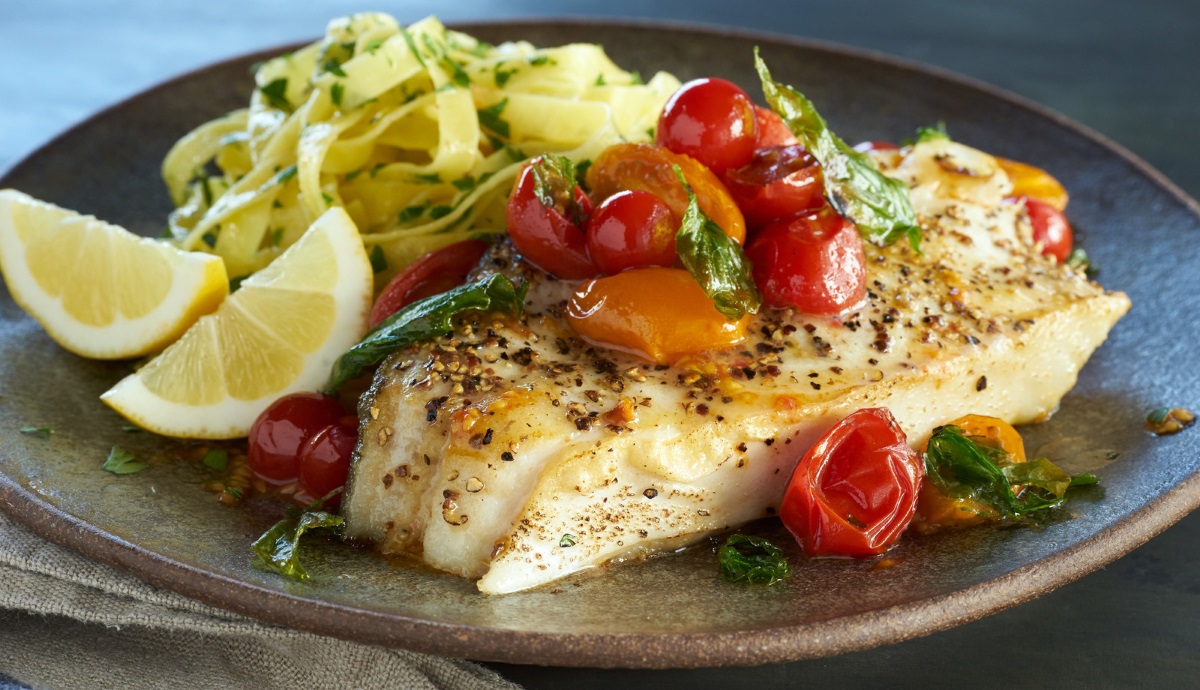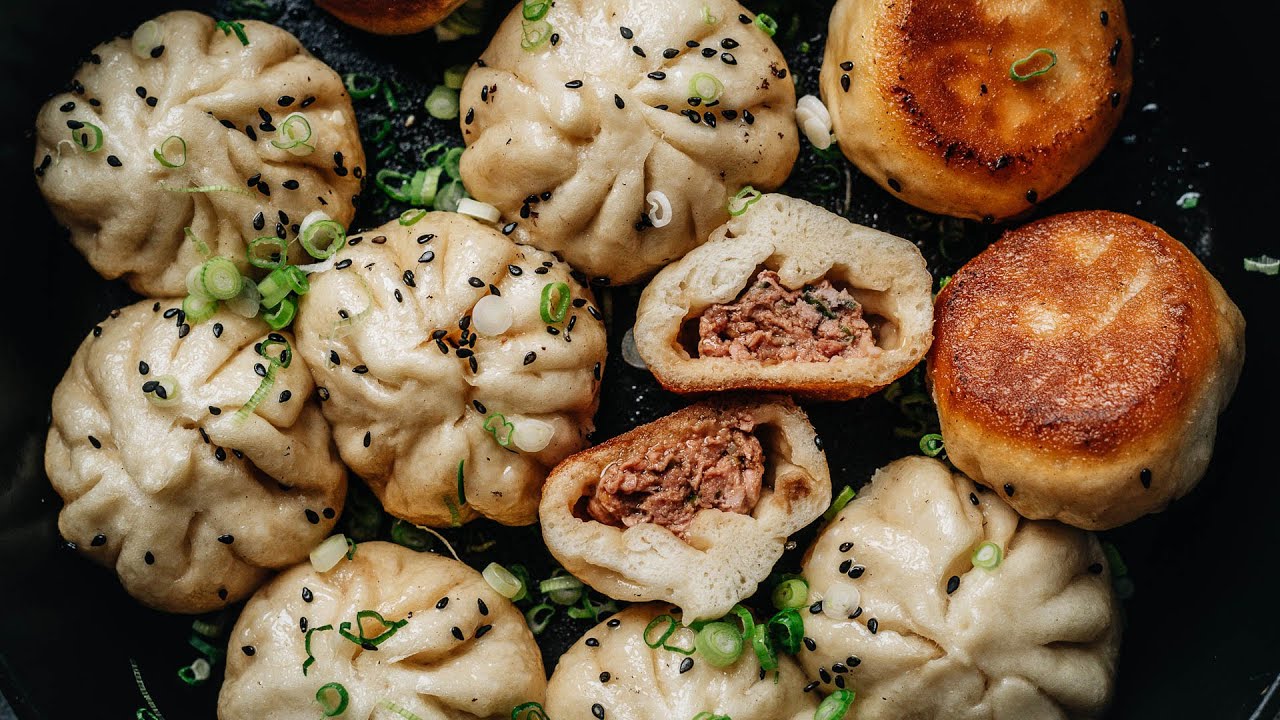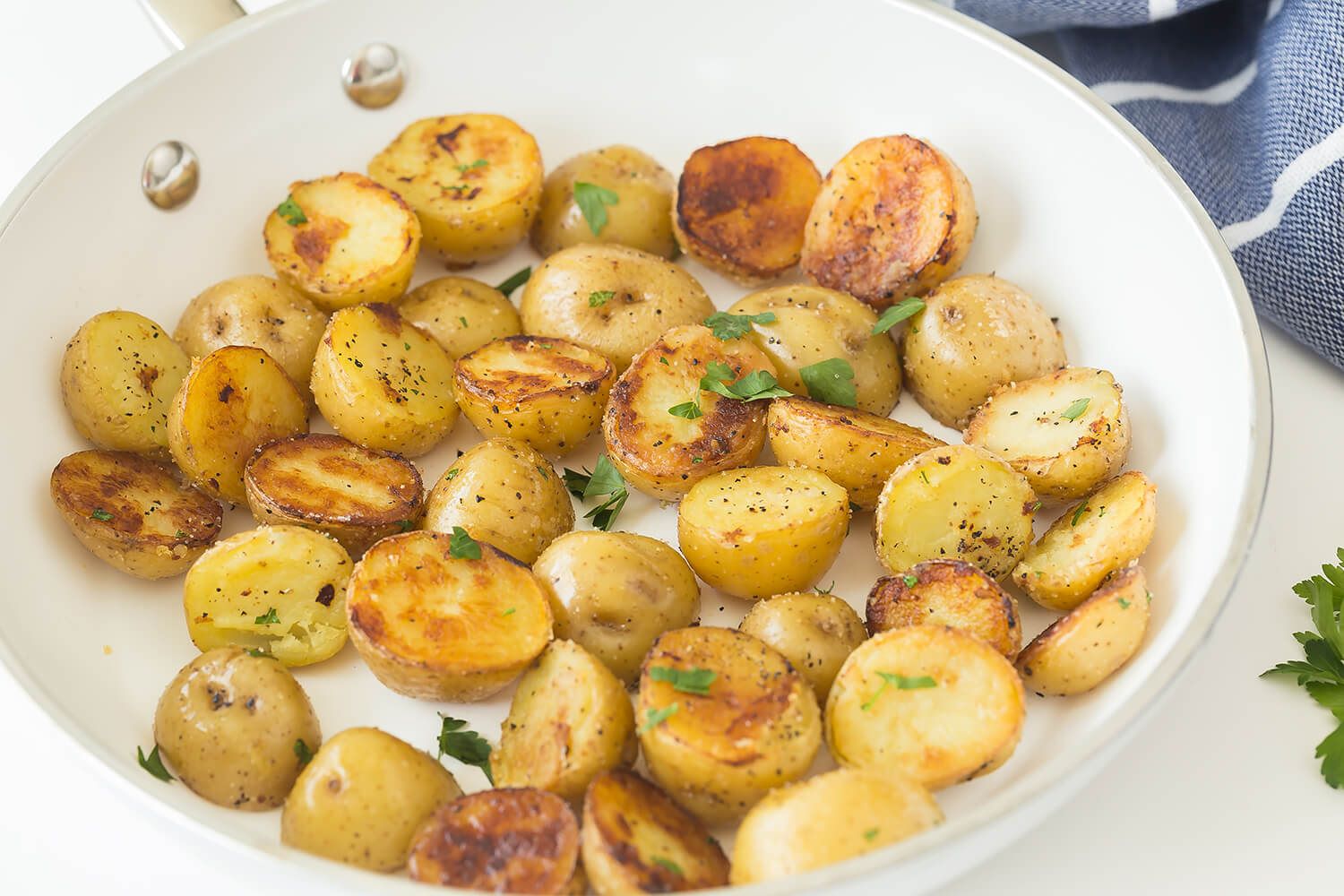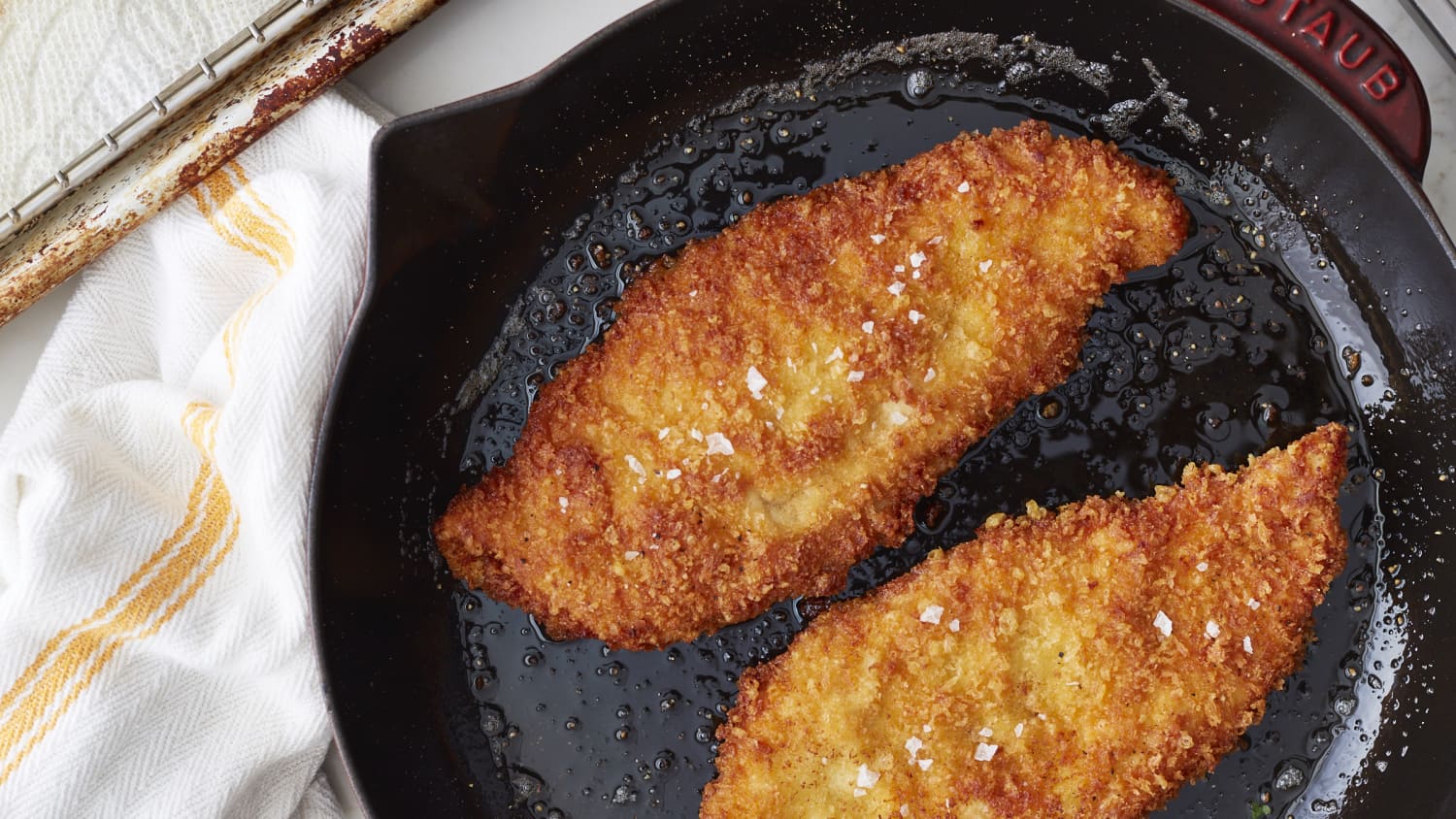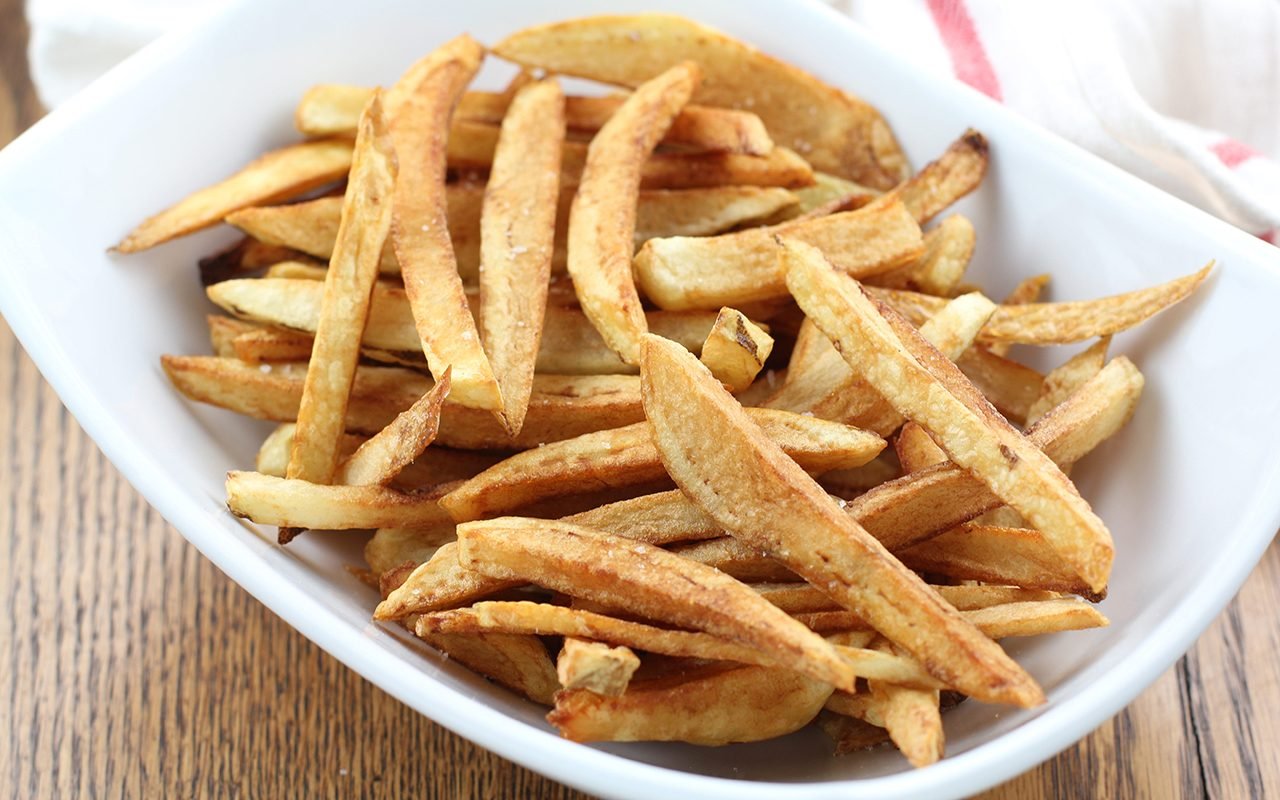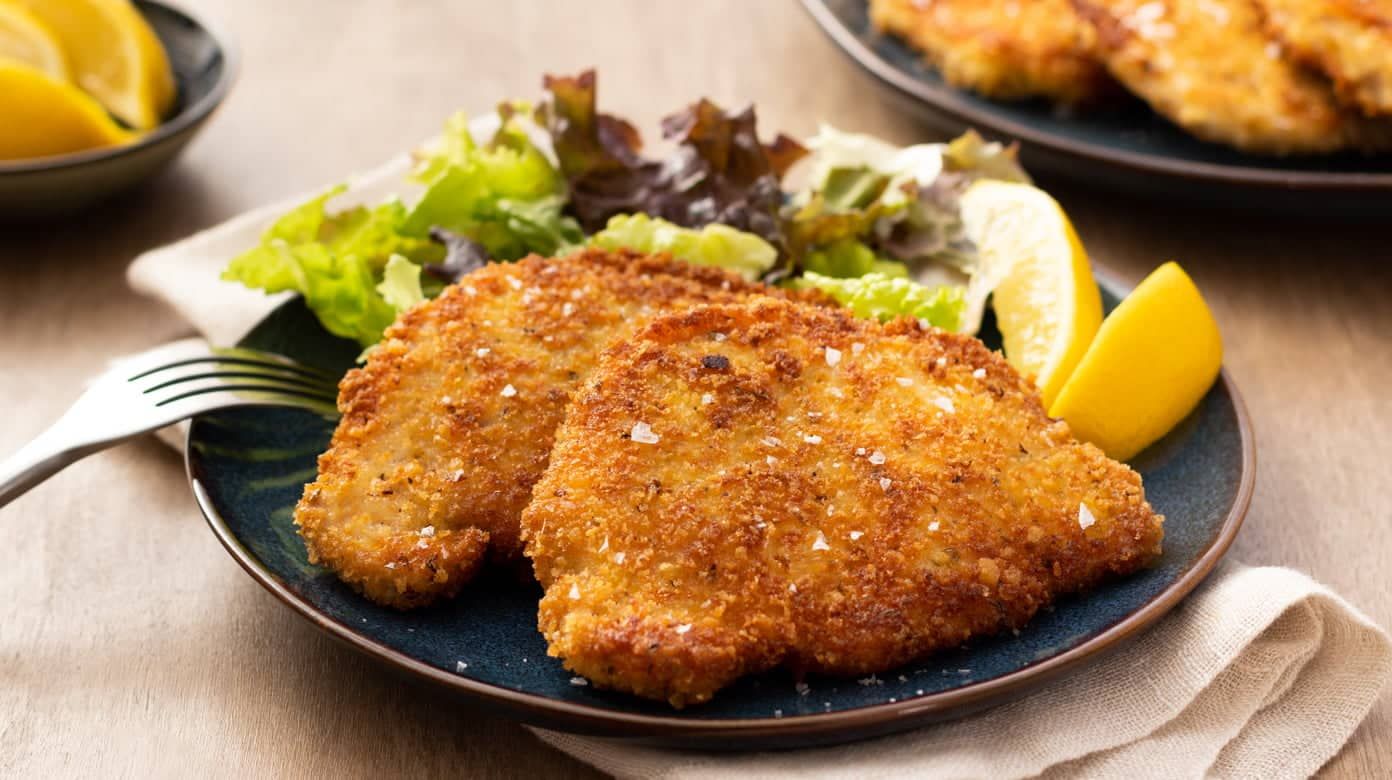Delicious and Easy: Pan Frying Pak Choi
Are you looking for a simple and flavorful way to enjoy pak choi? Pan frying is a fantastic method that allows you to create a delicious dish in just a few minutes. Whether you’re a cooking novice or a seasoned chef, pan frying pak choi is a great way to elevate your culinary skills. In this guide, we’ll walk you through the steps to pan fry pak choi to perfection.
Ingredients You’ll Need
Before you get started, gather the following ingredients:
- 2-3 heads of pak choi
- 2 tablespoons of cooking oil (olive oil or sesame oil work well)
- 2 cloves of garlic, minced
- Soy sauce
- Salt and pepper
Step 1: Prepare the Pak Choi
Start by rinsing the pak choi under cold water to remove any dirt or debris. Pat it dry with a paper towel and then cut the pak choi in half lengthwise. If the stems are particularly thick, consider cutting them into smaller pieces to ensure even cooking.
Step 2: Heat the Oil
Place a large skillet or wok over medium-high heat and add the cooking oil. Once the oil is hot, add the minced garlic and sauté for 1-2 minutes until it becomes fragrant.
Step 3: Pan Fry the Pak Choi
Place the pak choi halves cut-side down in the skillet. Let them cook for 2-3 minutes, allowing the cut side to caramelize and develop a golden brown color. Use a pair of tongs to gently flip the pak choi and cook for an additional 2-3 minutes until the leaves are wilted and the stems are tender.
Step 4: Season and Serve
Drizzle a splash of soy sauce over the pan fried pak choi and season with a pinch of salt and pepper to taste. Toss the pak choi in the skillet to coat it evenly with the seasonings. Once it’s ready, transfer the pak choi to a serving dish and enjoy it while it’s hot!
Additional Tips
Here are a few extra tips to ensure your pan fried pak choi turns out perfectly:
- Don’t overcrowd the pan. Cook the pak choi in batches if necessary to avoid steaming it instead of pan frying.
- Feel free to experiment with additional seasonings such as crushed red pepper flakes, sesame seeds, or a squeeze of fresh lemon juice.
- If you prefer a bit of crunch, you can cook the pak choi for a shorter amount of time to retain some of its texture.
Now that you have mastered the art of pan frying pak choi, you can incorporate this versatile and nutritious vegetable into your cooking repertoire. Whether you enjoy it as a side dish or incorporate it into stir-fries and noodle dishes, pan fried pak choi is a simple yet impressive addition to any meal. Give it a try and savor the delightful flavors of this Asian green!
Was this page helpful?
Read Next: How To Pan Fry Bananas
